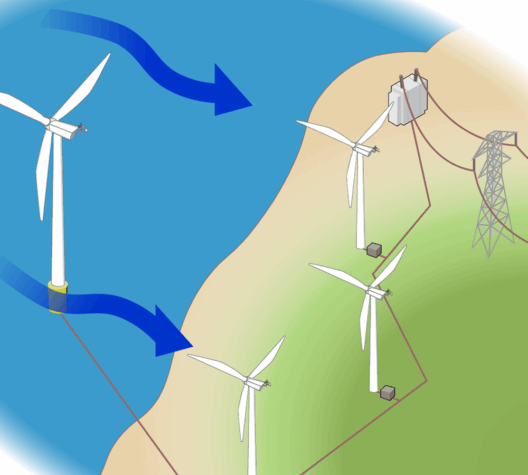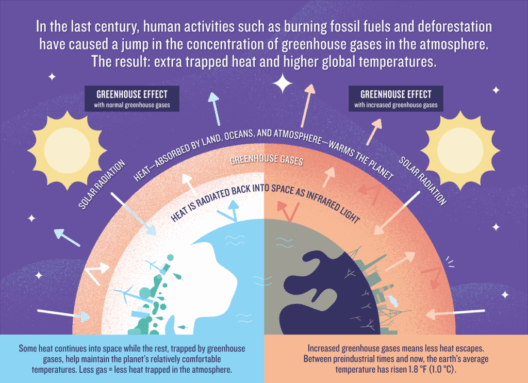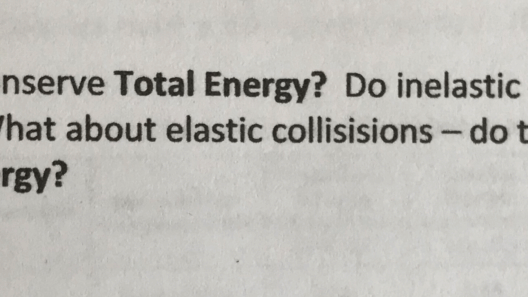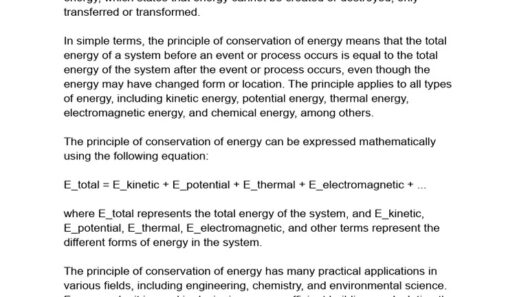In a world grappling with climate change and dwindling natural resources, the necessity to conserve energy in our homes becomes increasingly vital. Transforming your domestic space into a sanctuary of energy efficiency not only reduces your carbon footprint but also saves you money. This article will delve into practical and manageable solutions that can instigate a monumental shift in your energy conservation practices.
Many individuals feel overwhelmed by the perceived effort and expense of such transformations. However, this article aims to recalibrate your perspective, revealing that energy-efficient living necessitates not grand gestures, but rather small, consistent changes that contribute to a more sustainable existence.
Embracing energy conservation begins with understanding the importance of efficiency and the myriad of techniques available to you. Let’s explore some practical strategies that can elevate your commitment to energy-saving practices.
Efficiency at Home: The Simple Changes that Make a Big Impact
Embarking on your journey towards energy conservation should begin with evaluating your current energy consumption. A simple audit of your appliances, lighting, and heating can unveil countless opportunities for improvement.
Firstly, consider your lighting. Swapping incandescent bulbs for energy-efficient LED alternatives not only reduces energy consumption but also extends the lifespan of your lighting fixtures. You might be surprised to learn that LEDs can use up to 75% less energy than traditional bulbs. Moreover, incorporating motion sensors in frequently used spaces can prevent the unnecessary waste of electricity.
Next, turn your attention to major appliances. Look for the Energy Star label when purchasing new devices; these appliances are rigorously tested to ensure minimal energy consumption without compromising on performance. Furthermore, mindful usage of your washing machine and dishwasher—running full loads and employing cold water settings—can significantly diminish your energy expenditure.
Another aspect often overlooked is the air leaks in your home. An influx of cold air during winter or warm air in summer can lead to excessive heating and cooling costs. Adequate insulation and weather stripping around doors and windows can drastically improve energy retention. While this may involve some initial investment, the long-term savings on utility bills are undeniable.
Behavioral Changes: Mindful Practices for Energy Efficiency
While the structural modifications to your home play a pivotal role in conserving energy, equally important are the daily habits you cultivate. Intentional behavioral changes can multiply your energy conservation efforts exponentially.
For instance, rethinking your heating and cooling habits can lead to significant energy savings. Lowering your thermostat by just a few degrees in winter or raising it a few degrees in summer can substantially reduce your heating and cooling bills. Utilizing a programmable thermostat allows you to automate these adjustments according to your schedule, further enhancing efficiency without added effort.
In addition, consider engaging in the practice of mindful unplugging. Many devices continue to draw power even when turned off—this phenomenon is known as “phantom energy.” Create a habit of unplugging devices or using power strips with switches to streamline this process. This small act can mitigate energy waste and empower you to take control of your consumption.
Lastly, harness the sun’s power through solar energy solutions. While installing photovoltaic solar panels may appear daunting, starting with solar-powered outdoor lights or small solar chargers can ease you into the concept. Each step towards utilizing renewable energy sources fortifies your household’s commitment to sustainability.
Water Conservation: A Complementary Approach to Energy Efficiency
Water heating is one of the largest energy consumers in homes. Implementing water-saving measures not only conserves this precious resource but also reduces the energy necessary for heating it. Start with installing low-flow faucets and showerheads; these devices can provide sufficient pressure while using less water.
Furthermore, consider the temperature of your water heater. Setting it to 120°F instead of the standard 140°F can lower energy usage significantly while still providing adequate hot water for daily needs. In addition, insulating your hot water tank and pipes can prevent heat loss, ensuring that energy is not wasted.
Lastly, be mindful of your laundry habits. Washing clothes in cold water, when possible, can conserve energy significantly. As a bonus, it helps your clothes last longer without the wear and tear of hot water washes.
Conclusion: A Collective Shift Towards Sustainability
As you begin to integrate these strategies into your home, consider the broader impact of your choices. Energy conservation is not merely an individual responsibility; it is a collective effort that can catalyze change on a global scale. Every small decision, from choosing the right light bulbs to adjusting your daily habits, contributes to a larger narrative of sustainability and environmental stewardship.
Ultimately, energy-efficient living is not merely a personal benefit; it is a pivotal stride towards protecting the planet for generations to come. By committing to comprehensive energy conservation measures within your home, you are not just conserving resources but also fostering a culture of mindfulness toward our shared environment.







